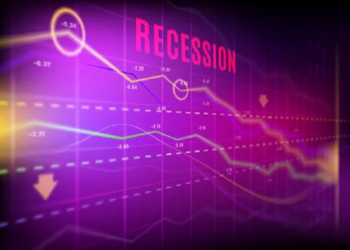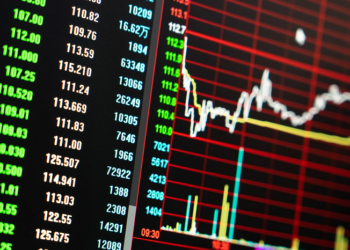What the market thinks about the prospects for inflation in the United States, why it may be more difficult to reduce it now than in the 1980s, whether trade liberalization strengthens or weakens the stability of economies, and how daily paychecks affect workers: the most interesting of economic blogs.
Economists at the Federal Reserve Bank of St. Louis found out what the market thinks about the prospects for inflation dynamics in the United States using data from the inflation swap market. An inflation swap is a financial contract between two market participants, one of whom seeks to protect against the risk of higher inflation, and the other of whom is convinced that its rate will be lower than expected. Swap pricing is conceptually similar to pricing any marketable commodity, so the inflation swap market is a good indicator of inflation expectations. The authors compared data from one-year swaps (12 months forward from the contract date) and one-year forward swaps (one year from the contract date for the next 12 months – for example, the January 2021 swap shows inflation expectations for the year from January 2022 to January 2023 .). Judging by annual swaps, inflation expectations have increased significantly, however, judging by forward swaps, the market expects inflation to subside over the medium term.
Thus, inflation expectations over the next 12 months jumped from February to March 2022 from 3.6% to 6%, or by 240 basis points (for comparison, in January 2021 they were below 2.5%). Inflation expectations over the one-year horizon (for the 12 months starting in February and March 2023, respectively) increased over the same period by only 80 basis points, from 2.9% to 3.7%. Looking at the five-year outlook, over the entire sample period – from January 2021 to mid-June 2022 – inflation expectations in five years remained at around 2.5%, increasing slightly from 2.3% in January 2021 to 2. 65% in June 2022. Thus, the market expects that the Fed will be able to reduce inflation, despite the fact that its growth turned out to be stronger and longer than previously expected, the authors conclude.






